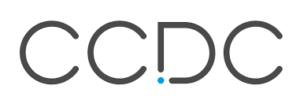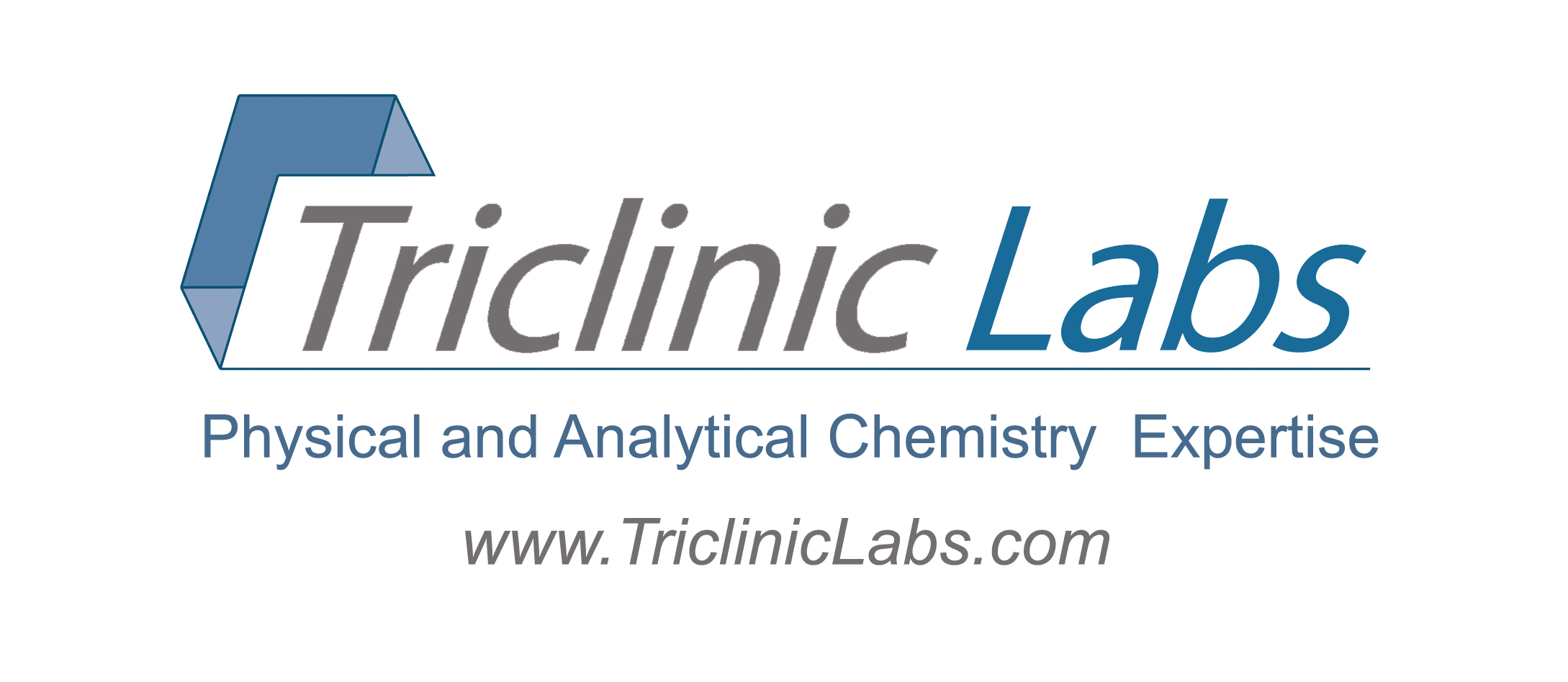The course outline is such that students would require no prior knowledge of X-ray diffraction theory or techniques. It would be desirable for students who apply for the course to have a background in Biochemistry, Chemistry or Physics. The course will revolve around X-ray diffraction theory being taught in the morning session while the afternoon and early evening sessions will be given over to practical experience. Students will be encouraged to bring their own samples for analysis.
Students will be expected to collect data, solve and refine and present their findings to their classmates on a crystal of their own. Depending on the class size and number of available samples this may be arranged such that small groups of students work together to generate the data.
Topics to be covered will include:
- Crystallography overview/X-ray generation/Methods of Crystallization
- This lecture will present an overview of the diffraction experiment and what data a researcher might obtain from a structure; primarily structural details – atomic connectivity intermolecular interactions, finger-printing. Discussion on methods of X-ray generation (sealed-tube, rotating anode and synchrotron) and methods for crystal growth (single crystal) will also be presented.
- The History of X-Rays
- The lecture will describe Roentgen’s discovery of X-rays, the time period when the discovery was made, and how it transformed the opaque world.
- The Diffraction Experiment
- Crystallization Techniques
- Space Groups and Symmetry
- Nature has given us 230 three-dimensional space groups. Some are very common while others have few literature examples. For molecular structures, the top six space groups yield a combined 80% frequency throughout crystallographic literature and databases. This interactive presentation will focus on teaching the symmetries for this subset to provide a basic understanding and as a gateway to understand all space groups. The symmetry elements comprising all space groups are the identity, the rotation, the mirror, the screw axis, the glide plane, the inversion and the roto-inversion operations. Special positions (inversions, rotations, and mirrors) will be considered. Finally, consideration will be given to why this subset of space groups is so common while others are not.
- Structure Refinement
- Least-squares is the method of choice to refine a crystallographic model determined by Patterson or direct methods. These beginning models are crude with atoms placed in approximate locations and an assumed isotropic displacement parameter. The goal is to expand the refinement to include anisotropic displacement parameters where appropriate, geometrically place or refine hydrogen atoms where appropriate, and model disordered species (subject of later lecture). Ideally, least-squares refinements will converge leaving no significant shifting of any parameters. Residuals, GOF, and weighting schemes, and calculation of standard uncertainties will be discussed.
- Powder Diffraction Techniques
- Twinning
- Modulation
- Structure Finalization
- This lecture will give an overview of the finalization of structure refinement and publication of the resulting data. The general questions, “When is the structure refinement complete?” and “How is the data published?” will be reviewed. The creation of publication materials, including the crystallographic information file (CIF), figures, and the description of refinement details as well as structure validation with checkCIF will also be discussed.
- Crystallographic Databases
- This lecture will cover the databases available to crystallographers, including the Cambridge Structural Database, the Inorganic Crystal Structure Database and the ICDD Powder database. Helpful techniques for database searching and data mining will be described and demonstrated.
- The lecture will introduce properties of X-rays, hkl indices, lattice planes, Bragg’s law, and factors that influence the intensities of the diffracted beams.














